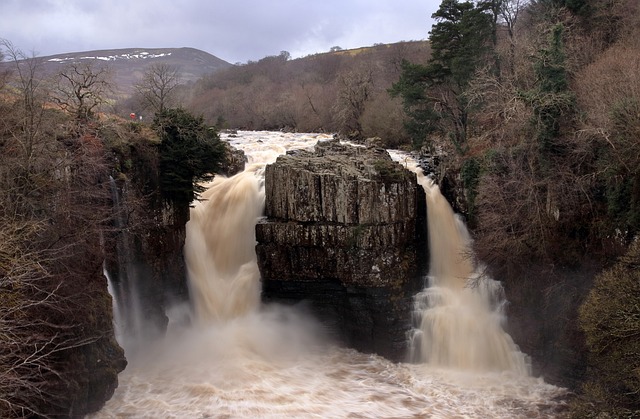Frontier heritage, encompassing historical buildings, artifacts, and narratives, significantly boosts real estate values by appealing to buyers seeking authenticity and nostalgia. Adaptive reuse of old structures for new purposes, led by developers collaborating with experts, preserves historical sites while integrating them into modern developments that attract locals and visitors. This blend of history and modernity stimulates economic growth through tourism, job creation, and local business development, creating a thriving frontier landscape.
“Uncover a hidden treasure in the heart of frontier heritage: rich mining remains offer a unique opportunity for real estate developers. This article explores the value of preserving historical sites, delving into strategies to integrate them seamlessly into modern developments. From uncovering ancient treasures to shaping future landscapes, we uncover how historic sites can enhance property values and foster cultural pride. Discover how developers can celebrate and leverage this legacy, creating vibrant spaces that blend tradition with contemporary design.”
Uncovering Historical Treasures: The Value of Frontier Heritage in Real Estate

Uncovering historical treasures is a captivating aspect of frontier heritage that significantly enhances the value of real estate in the region. Each old building, artifact, and narrative tells a story of the past, making properties steeped in history highly desirable to buyers who appreciate authenticity and character. The allure of living in or investing in spaces intertwined with the region’s pioneering spirit creates a unique selling point for these properties.
In today’s market, where many seek more than just four walls and a roof, frontier heritage becomes a powerful tool for real estate agents and developers. Properties with a rich history can offer a sense of connection to the past, fostering a community identity that is often sought after by those looking to settle in or invest in a new location. This blend of nostalgia and modern living appeals to diverse audiences, driving interest and potentially increasing property values within areas boasting well-preserved frontier heritage.
Preserving the Past, Shaping the Future: Strategies for Integrating Historic Sites into Modern Real Estate Developments

Preserving historical sites is a delicate balance between honoring the past and shaping the future, especially in the context of real estate development. As cities evolve and expand, integrating historic buildings and landscapes into modern urban fabric requires thoughtful strategies. One approach involves adaptive reuse, where old structures are revitalized for new purposes while preserving their architectural and cultural significance. This method not only reduces the need for new construction but also creates a unique blend of old and new, enriching the local identity.
Real estate developers play a pivotal role in this integration process by recognizing the value of historic sites. They can collaborate with heritage experts to conduct thorough assessments, ensuring that any development respects the site’s historical context. Additionally, public-private partnerships can facilitate funding for conservation efforts, making it possible to restore and maintain these sites for future generations. By embracing these strategies, modern real estate developments can stand as a testament to their frontier heritage while meeting the demands of contemporary living.
A Vibrant Blend: How Can Real Estate Developers Celebrate and Leverage Cultural Legacy?

In many ways, real estate developers hold the key to preserving and celebrating frontier heritage. As they shape landscapes, they have an opportunity to integrate historical elements into modern developments, creating a vibrant blend that resonates with both locals and visitors alike. By incorporating local architecture, design motifs, and storytelling into their projects, developers can leverage cultural legacy to attract diverse audiences. This approach not only enhances the aesthetic appeal but also fosters a deeper connection to the region’s history.
Moreover, real estate can serve as a catalyst for economic growth while preserving heritage. Well-planned developments that honor the past can drive tourism, create jobs, and stimulate local businesses. Developers can collaborate with historians, cultural experts, and community leaders to ensure that heritage is not just preserved but celebrated actively within new projects. This holistic approach can lead to a thriving frontier landscape where history and modernity coexist harmoniously.






